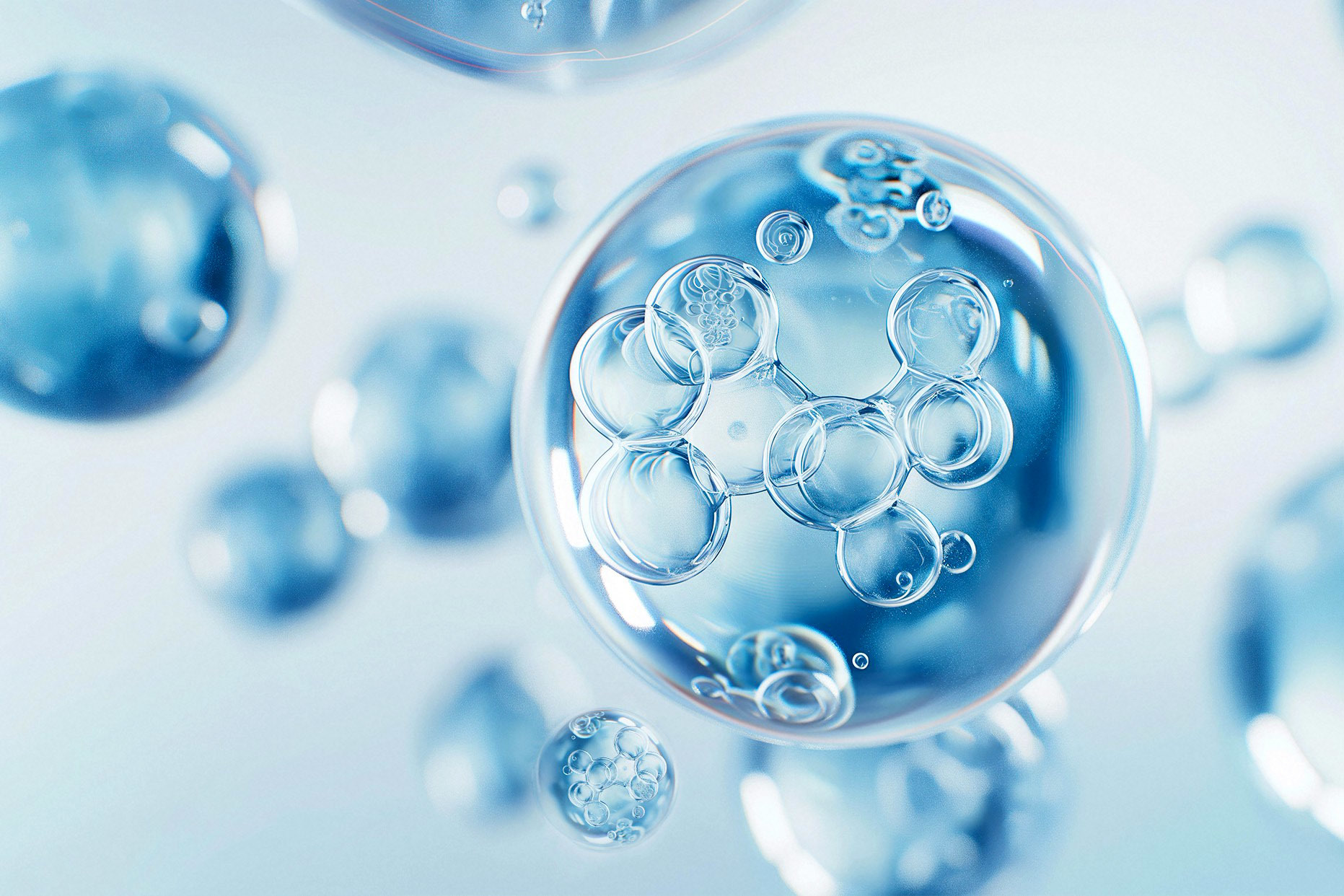Dive into the World of Phenolphthalein: What You Need to Know
May 04,2025
Understanding Phenolphthalein
Hey there, science enthusiasts! If you're venturing into the world of chemistry, you’ve probably encountered Phenolphthalein. This compound is more than just a mouthful; it's a versatile indicator that can help you determine pH levels in various solutions. But before you dive in, let's unpack some essential considerations (注意事项) you should keep in mind.
What is Phenolphthalein?
So, what’s the deal with Phenolphthalein? In the simplest terms, it’s a chemical compound often used in titrations and is notorious for its color-changing properties. In an acidic environment, it remains colorless, but once the pH hits around 8.2, it transforms into a vibrant pink. Pretty cool, right?
Why Use Phenolphthalein?
When it comes to chemistry experiments, Phenolphthalein is a go-to for many. It’s particularly handy in determining the endpoint of acid-base titrations. You know, that moment when you can confidently say, "Aha! I've added just the right amount of base!" However, its use isn't without caution. Let’s explore some of those vital safety tips.
Safety First!
Alright, folks, here’s the scoop: while Phenolphthalein is a fantastic tool, it’s essential to handle it with care. Always wear gloves and goggles when working with it. Why? Well, prolonged exposure can lead to skin irritation, and nobody wants that. And let’s not forget to work in a well-ventilated area, as inhaling any chemical fumes is a big no-no!
Storage Tips
Now, let’s chat about storage. Phenolphthalein should be kept in a cool, dry place, away from direct sunlight. Keep it in a tightly sealed container, because moisture can mess with its chemical properties. Trust me, a little precaution goes a long way!
Common Uses of Phenolphthalein
So, besides titrations, what else can you do with Phenolphthalein? It's also used in various applications, including:
- Testing water quality
- In biology labs for determining pH levels
- In the manufacturing of pharmaceuticals
Pretty impressive, huh? It’s like the Swiss Army knife of indicators!
Dispose of it Right!
As tempting as it might be to pour leftover Phenolphthalein down the sink, please resist! Proper disposal is key. Always follow your institution’s guidelines on chemical waste disposal. This ensures safety for both you and the environment. Remember, folks: what goes down the drain impacts the ecosystem!
Final Thoughts
In closing, Phenolphthalein is a phenomenal tool for any budding chemist, but it comes with its own set of responsibilities. With the right precautions and respect for safety, you’ll find this compound to be a reliable ally in your experiments. So gear up, stay safe, and happy experimenting!







